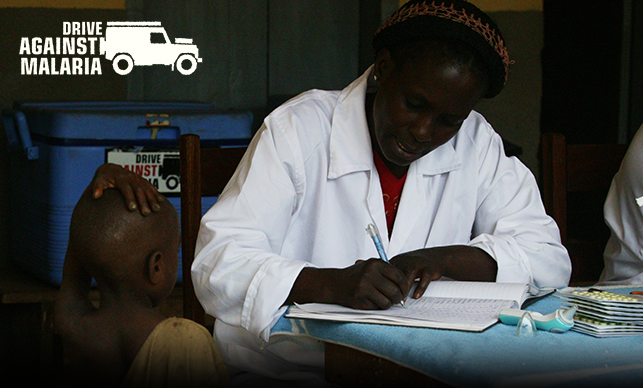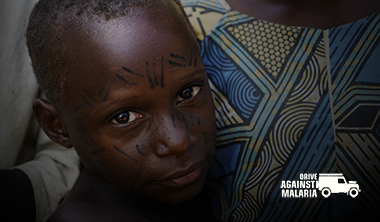CENTRAL AFRICAN REPUBLIC


Tensions remain high and there is potential for further violence across the country
(SEE MAP : RED IS UNSAFE) Tensions remain high and there is potential for further violence across the country. Attacks on individuals and groups, including car-jackings, are likely and unpredictable. There is a risk that foreign nationals could be targeted by armed groups and militias. Everybody who remain in CAR, remain vigilant and limit non-essential movements.
But for the Drive Against Malaria Teams, every movement is essential to safe lives.


There are armed patrols that have set up several roadblocks across the country
Detention by police forces and armed groups is a common occurrence, primarily for CAR nationals, but also for expatriates and all NGO aid-workers.We take extreme care, and shoukld take personal security precautions, if possible. To operate as flexible as possible DAM has to travel unprotected. In a nutshell: we put our own life at risk to safe others in need.
The quality of the roads makes it even more difficult.
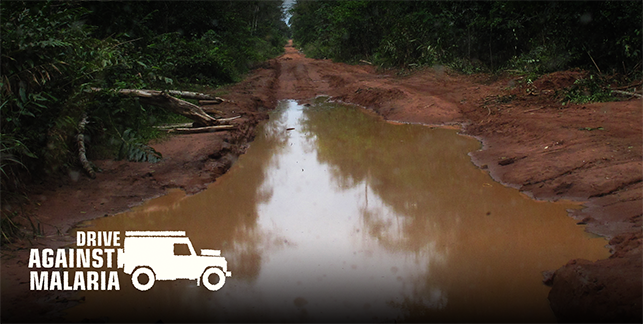

A national curfew is in place which comes into effect at 10pm and ends at 5am
We should follow the government’s instructions and avoid travel around Bangui during these hours. Although there’s recent history of terrorism in the CAR, attacks cannot be ruled out. Attacks could be indiscriminate, including in places visited by NGO's.
During DAM’s net disrributions and medical support in countless villages ans settlements, there is a high threat of terrorist attack affecting UK interests and British nationals, including from groups and individuals who view the UK and British nationals as targets. You should remain vigilant at at all times.
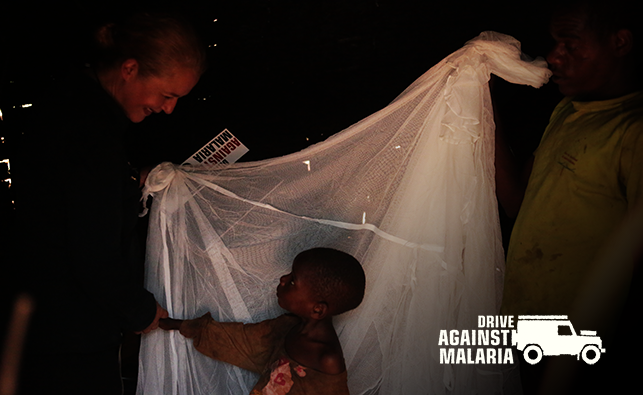

MALARIA IN THE CENTRAL AFRICAN REPUBLIC
The malaria prevalence rate in the Central African Republic is VERY HIGH. Plasmodium falciparum is found in 99.6 percent of cases. This is the most deadly form of malaria.
For several years, the Central African Republic has been navigating a series of cyclical sociopolitical crises that have caused chronic nationwide instability, making it a “fragile state”.
Approximately two-thirds of the country are still controlled by 14 armed groups and the security situation is precarious in several areas of the country. The country’s complex military and political crisis leaves it exposed to epidemics. Therefor it is essential for each community to train and educatie local healthworkers.


Malaria and children
Due to DAM Missions since 2009 the percentage of pregnant women receiving three doses of ACT Medication has been increasing. Among cases seen in consultations, children aged under 5 years account for 73 percent of confirmed cases, 63 percent of severe cases and 67 percent of malaria-related deaths recorded by health care facilities. Children aged under 5 years and pregnant women are the most vulnerable target populations.
Artemether-lumefantrine (ACT Medication) is used for the treatment of malaria or injectable artesunate and IM artemether. For patients with signs of severe malaria, community health workers administer artesunate rectal capsules (ARC). In regions of those at risk are protected insecticide treated nets (LLIN).
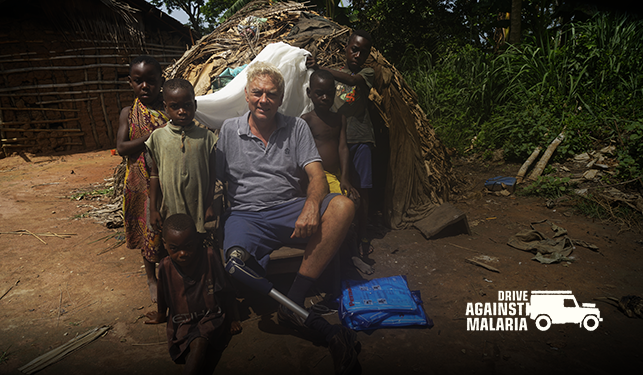

Health system challenges
The unstable political situation, and the low volume of funding traditionally allocated to the health sector, significantly limits the Ministry of Health and Population’s capacity to respond to health needs. The Ministry of Health is faced with major structural challenges.
- Deteriorating institutional capacity
- A shortage of quality human resources due to the exodus of qualified health workers to more secure places
- Deteriorating preventive services at all levels of the health pyramid and epidemiological surveillance system
- A resurgence of epidemics and preventable diseases, including malaria
- Major needs in terms of infrastructure renovation, technical facilities and logistical resources
- Frequent stock-outs of essential drugs and strategic supplies
- An unreliable national health information system (NHIS) that threatens the quality of the health care and services offered to the population.


Health facilities
According to reports from malaria focal points, there are only approximately 835 health care facilities in the Central African Republic while 154 of these are non-operational.
As regards health care provision, we see hardly any of the health care facilities in DAM’s mission area’s provide malaria care (diagnosis and treatment). The involvement of private health care facilities in efforts to control malaria different is limited to faith-based health care facilities that offer the full package of interventions (LLINs, IPT, diagnosis and treatment. The non-profit private sector is underdeveloped in the country.
Drive Against Malaria opened over 15 operational healthfacilities in the country.
